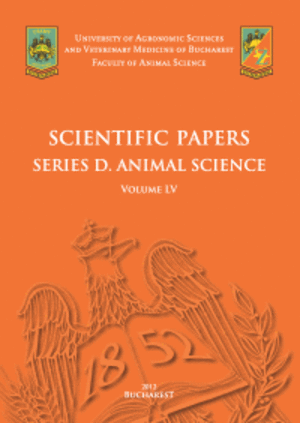Published in Scientific Papers. Series B, Horticulture, Vol. LXV, Issue 1
Written by Mariana TOMA, Vasilica LUCHIAN, Sorina PETRA, Dorel HOZA
Plumeria (fam. Apocynaceae), known as frangipani is a semi-deciduous shrub, native to tropical areas of the Pacific Islands, South and Central America. The flower offers a genuine delight to the visual and olfactory senses, due to its shape & colour attractiveness and to its amazing fragrance. The bio-compounds of Plumeria sp. are used for treating various ailments, while the petals are edible - they are used in different dishes, for cosmetic purposes and spiritual ceremonies. In our country, eight varieties of Plumeria sp. are in the process of acclimatization; frangipanis can resist outdoor up to 10°C. The size of analyzed frangipanis ranged between 42-88 cm in height and 36-75 cm in width. Plumeria sp. leaves are bright green, simple, alternative, elliptic-obovate, 18.8-32 cm long, 8.2-12.7 cm large, clustered at the end of the branches. The petiole’s length varied between 4.5-6.7 cm and its diameter was averagely of 0.65 cm. Microscopically, the leaf showed the presence of thick lamina, adaxial & abaxial epidermis, adaxial phloem, palisade mesophyll, trichomes, air chambers, laticifer cells, tannins, starch granules, oil glands, collateral vascular strand. Preliminary pharmacological screening pointed out the presence of polyphenols and flavones at the analyzed frangipanis.
[Read full article] [Citation]




